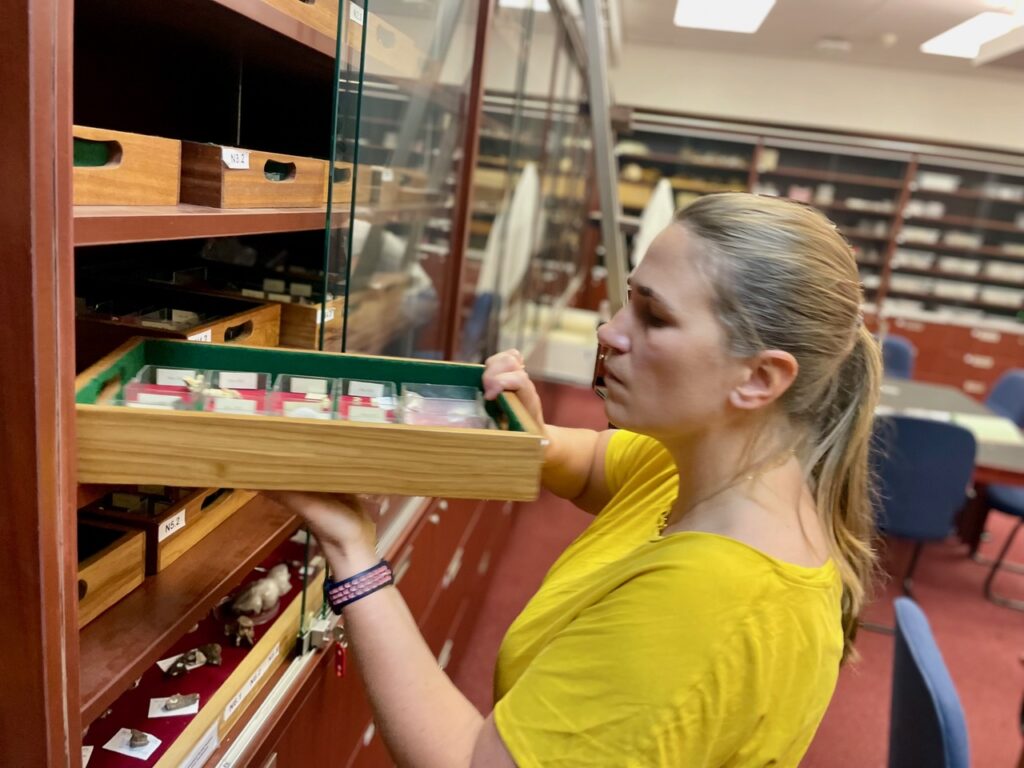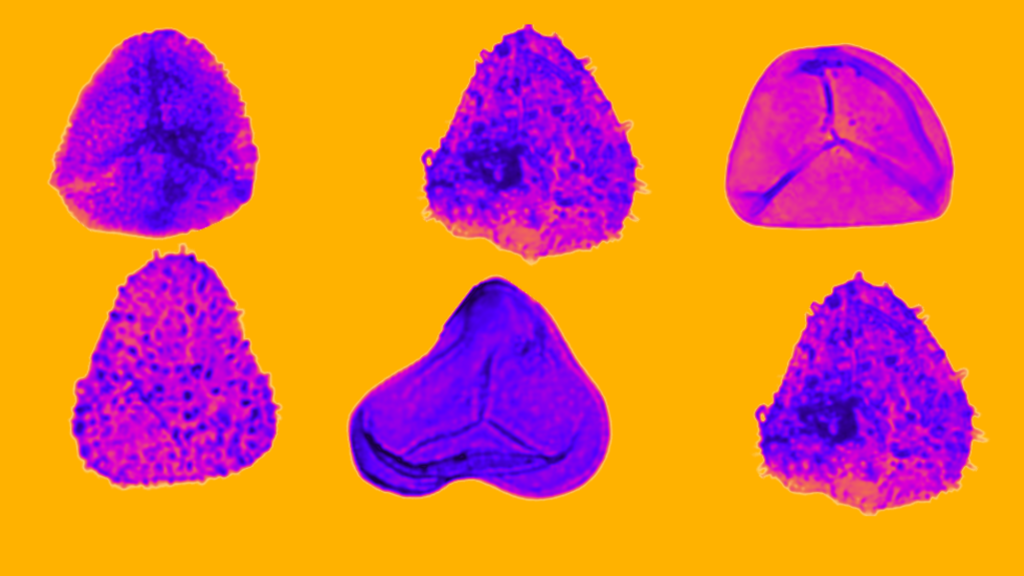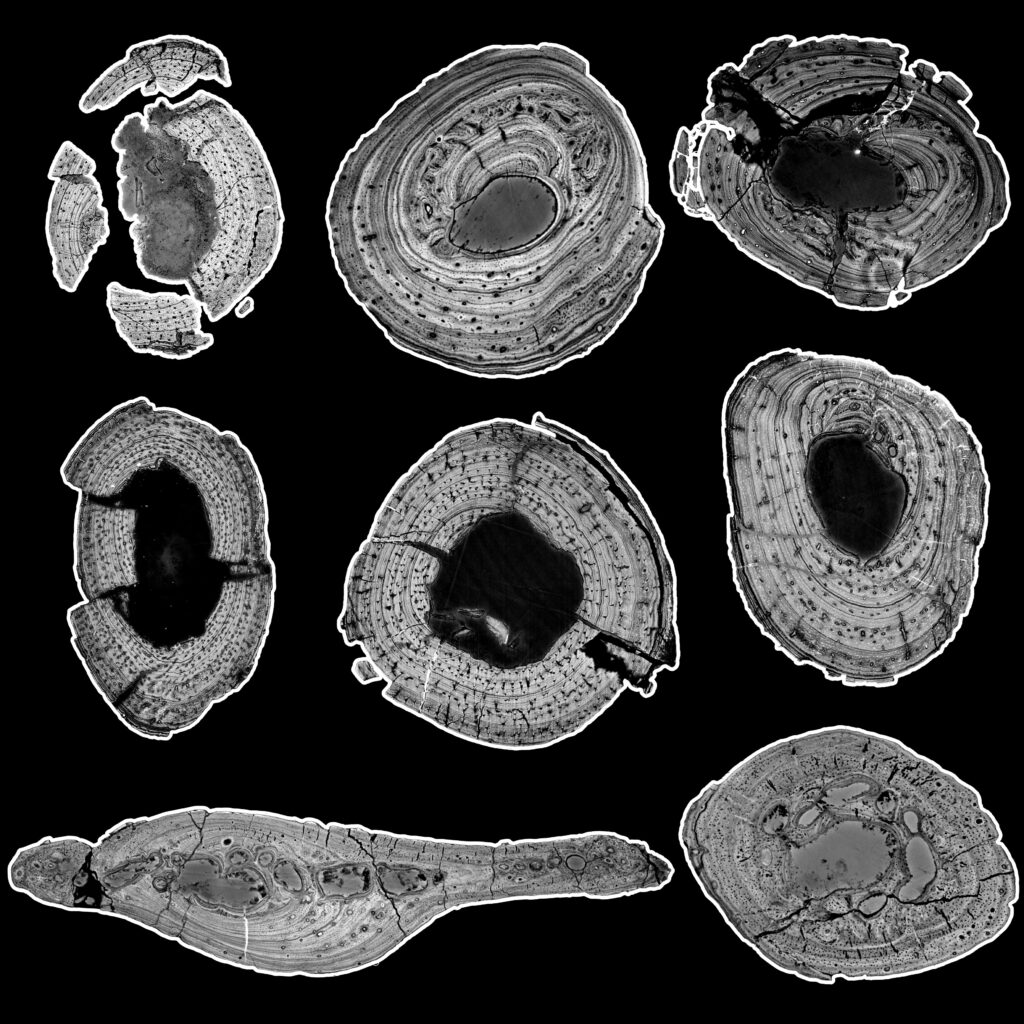The unexpected and extraordinary role of death in the evolution of life
The evolutionary history of caspases, one of the key effectors of programmed cell death (PCD), and their homologues reveal PCD and its genetic toolkits may have been present as far back as LUCAS (Last Universal Common Ancestor State) and were initially involved in cell survival before being co-opted into death-related functions.
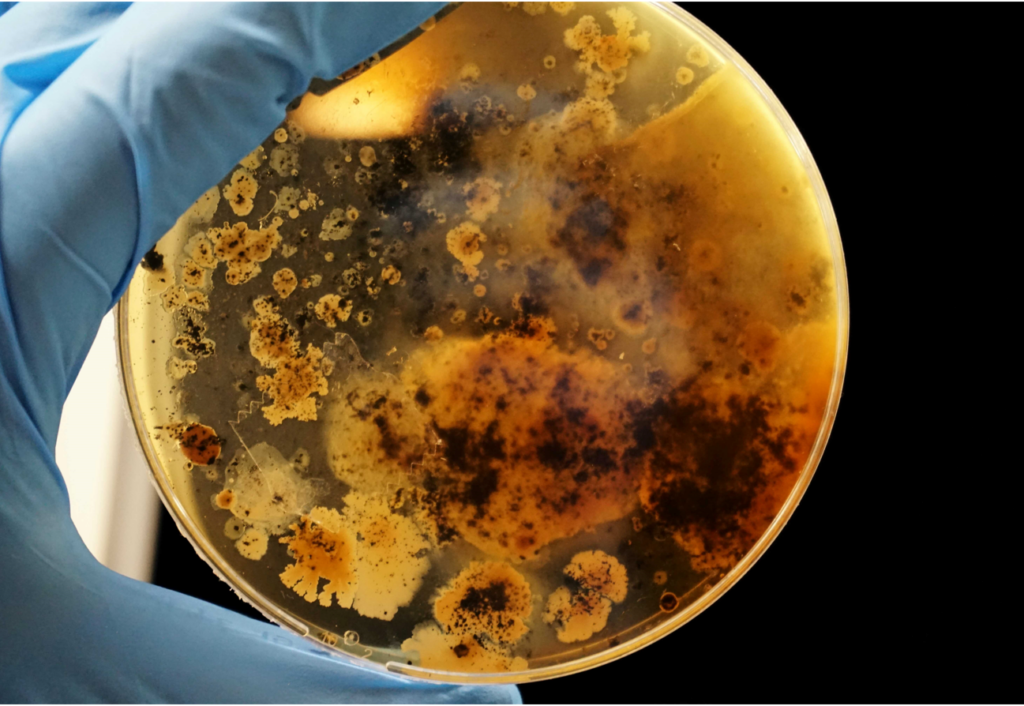
Small bites
- Archaea possess homologues of caspases, one of the main effectors of programmed cell death (PCD).
- The evolutionary history of caspases, one of the key effectors of programmed cell death (PCD), and their homologues reveal PCD and its genetic toolkits have an ancient origin prior to eukaryogenesis.
- Protein domain architecture and gene ontology analyses of archaeal caspase homologues revealed that they served survival functions before being co-opted into death-related functions.
Death is an inevitable consequence of life’s evolutionary design.
In biology, we always study how life arose, evolved, and survived. However, from the very ancient times of Plato until now, the role of death has been just as important for life to happen and evolve. For example, a programmed form of cell death (PCD) has been essential for the evolution of life, playing a role in the rise of eukaryotes, multicellularity, and eusociality in insects.
For a long time, PCD was considered to rise with the emergence of eukaryotes, due to the conflict that arose between the archaeal host and the alphaproteobacterium during the Great Oxidation Event. However, it is becoming increasingly apparent that PCD may have a much more ancient origin than previously thought. In fact, PCD was discovered in bacteria, and it is a trait that is universal among both unicellular and multicellular organisms.
In our study (La, Ndhlovu, and Durand 2022), we focused on investigating the evolutionary history of caspases, one of the key effectors of PCD, and its homologues in organisms that were present prior to eukaryogenesis, specifically archaea. It was found that caspase homologues are widely distributed in major phyla of archaea and subsequent taxonomic distribution and phylogenetic reconstruction across the three domains of life revealed caspase homologues were present prior to the divergence of archaea and bacteria, possibly as far back as LUCAS (Last Universal Common Ancestor State) (Figure 1).
Furthermore, protein domain architecture and gene ontology analyses of archaeal caspase homologues revealed that they served cell survival functions before being co-opted into death-related functions. This supports one of the philosophical hypotheses of the origin of PCD by Ameisen – the ‘original sin’ hypothesis. The ‘original sin’ lies in the fact that PCD genetic toolkits have been present since the origin of cellular life, initially associated with non-death functions, and eventually evolved into death-related functions. In line with this hypothesis, the evolutionary history of caspase homologues suggests that life is inevitably subject to death because of its evolutionary design.
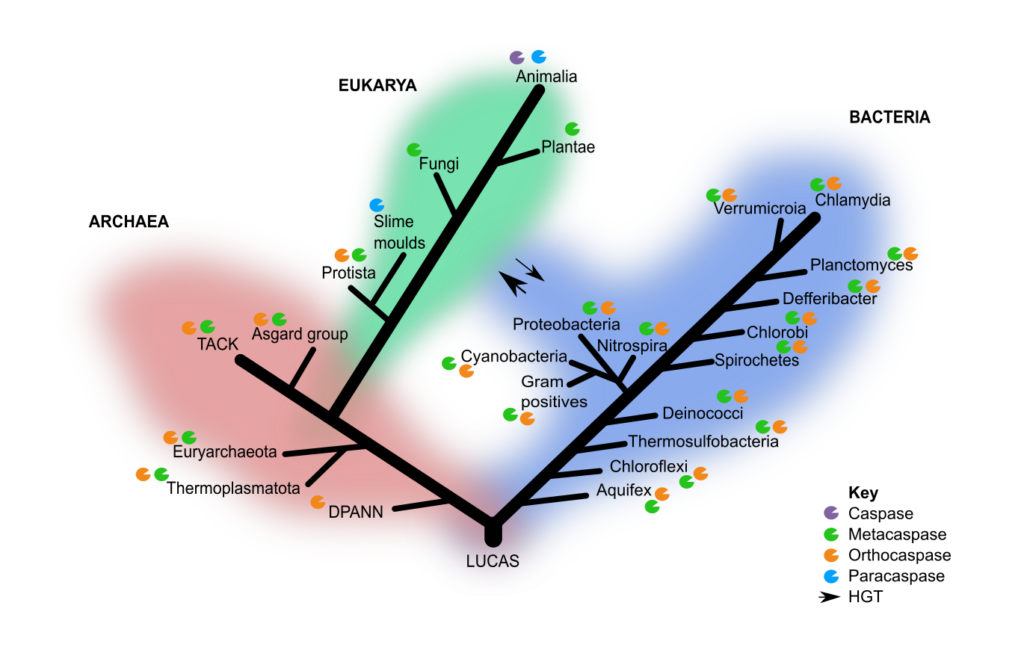
https://link.springer.com/article/10.1007/s00239-021-10044-y.
